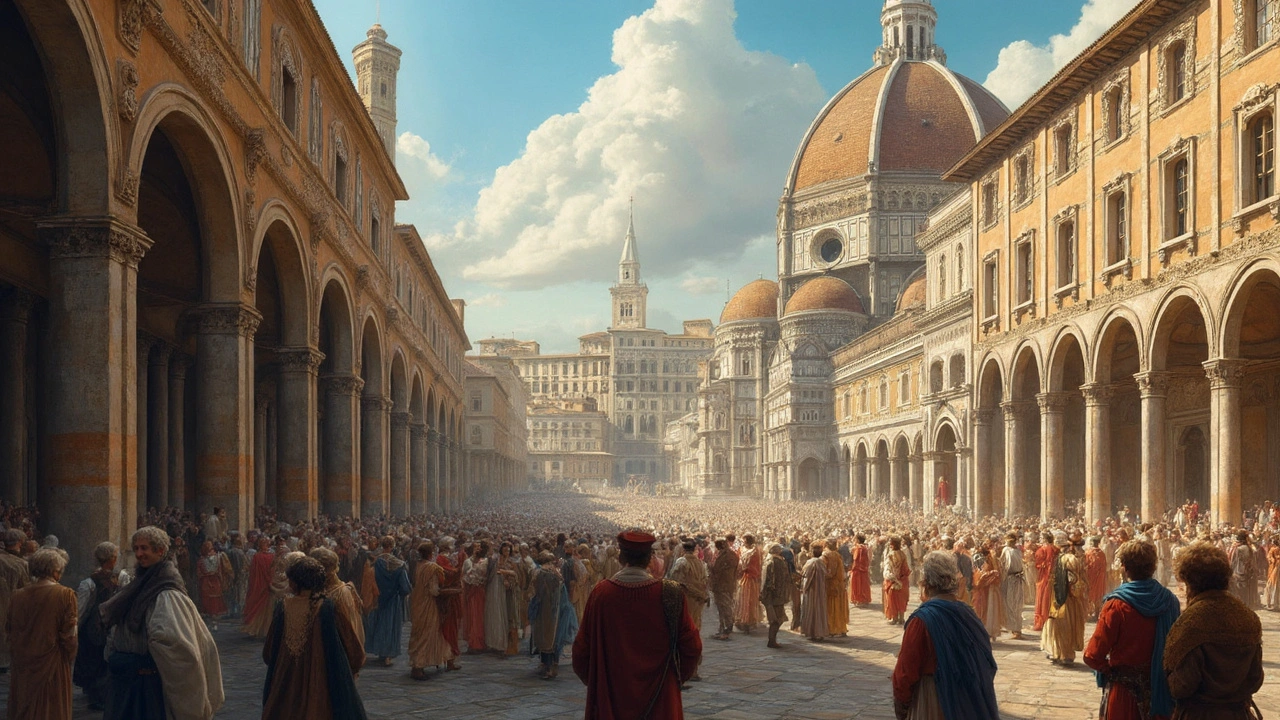Italian palaces: a practical guide to history, styles, and top examples
Italian palaces: a practical guide to history, styles, and top examples you can visit today. Whether you love marble facades, frescoed halls, or hidden courtyards, this guide makes spotting key features simple and useful.
Start by knowing that palazzo simply means a grand city palace. In Italy you find medieval strongholds, Renaissance palazzi, Baroque mansions, and later noble townhouses. Each era left clear signs: symmetry, loggias, heavy cornices, pilasters, frescoes, and ornate staircases.
To spot a Renaissance palace, look for balanced windows, stone rustication, round arches, and an elegant courtyard. Architects like Alberti and Bramante focused on harmony and calm proportions. Famous examples include Florence's Palazzo Medici Riccardi and Venice's Ca' Foscari.
Venetian palaces sit on canals, so you often see water entrances, Gothic pointed windows, and delicate tracery. These buildings mix Byzantine, Islamic, and Gothic elements because Venice was a trading crossroads.
Baroque palaces favor dramatic curves, bold decorations, sculpted balconies, and richly painted interiors. Visit Rome and Naples to see lively examples where staircases and theater-like halls steal the show.
When visiting, check opening hours, guided tour options, and photo rules. Many palaces work as museums, so tickets may sell out. Plan early to avoid crowds, and read a short history note before you go to get more from the visit.
Preservation is a big part of palaces' life. Look for signs of restoration: scaffolding, conservation labels, and careful cleaning. Good restorations keep original materials when possible and hide modern systems so rooms feel authentic.
To read a palazzo fast, scan the facade, note window shapes, count stories, and look for a main entrance or water portal. Open courtyards usually tell you about function, and private chapels hint at noble families.
Add these to a short list: Palazzo Vecchio in Florence, Palazzo Ducale in Venice, and Royal Palace of Caserta near Naples. Each offers a different take on scale, decoration, and social role.
Photographers, shoot early light for soft stone tones. Use a wide lens for interiors, and watch for reflections on canals in Venice. Respect no-flash rules in frescoed rooms.
Pay attention to local signs: family crests, Latin inscriptions, and small balconies that once held political ceremonies. These tiny details tell stories about power, marriage, and trade.
Quick ID checklist
Facade symmetry and window shapes show era. Look for ground floor rustication, loggia arches, or ornate balconies. Courtyard size reveals public or private use. Decorative program like frescoes and statues signals wealth and patronage.
Where to start
Pick one city and spend a day focusing on two palaces. Read a short guide before you arrive, so you know names and dates. Look up walking routes that link palaces with churches and public squares. Local guides often share family stories that maps miss. Take notes, sketch plans roughly, and you will remember layout and feel. After a visit, compare features across buildings to sharpen your eye for style, period, and craftsmanship. That makes future visits faster and richer. Enjoy the detail, ask questions, and let history surprise you.

Renaissance Architecture: Power, Wealth, and the Stories Told in Stone
Renaissance architecture wasn't just about good looks—it was a playground for showing off power and business smarts. This article unpacks how popes, kings, and merchants used grand buildings to shout their importance to the world. You'll see what set Renaissance design apart from what came before, and why Florence and Rome became hotspots for this style. Discover quirky details inside famous mansions, plus tips on how to spot Renaissance touches when you travel or scroll social media.
Read more